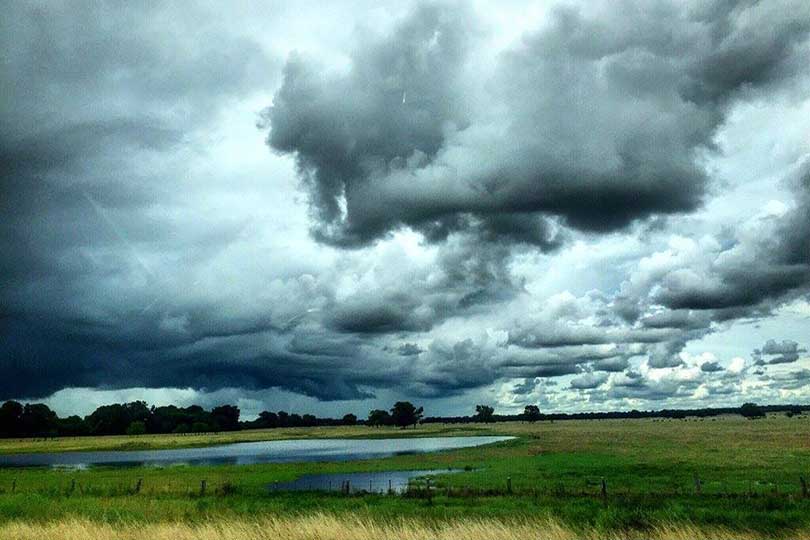Recent rains have helped extinguish wildfire potential, but late season growth could cause future concerns.
Early rains fueled the growth of abundant grasses. And that increased fire hazards as the Lone Star State headed further into the summer. But the most recent rains are helping diminish the wildfire threats.
There have been more than 5,000 fires that have burned over 210,000 acres in Texas so far this year. Although the recent rains have brought much needed moisture and helped extinguish those wildfire risks in many areas, they don’t come without a new set of concerns, according to Texas A&M Forest Service officials.
“The moisture, as well as the cooler temperatures, have really stymied that [the fires],” Texas A&M Forest Service Firewise Coordinator Nick Harrison said in an interview with the Texas Farm Bureau (TFB) Radio Network. “It’s great to see the rain, but with it brings another effect and that will be we will grow more grass here late in the season.”
Wildfire potential will grow when the abundant grasses die out with the first freeze.
“But keeping an eye on the long-range side is that because we’re growing a lot of grass into the late season it just gives us some cause for concern,” Harrison said. “Because right around the corner we’re headed into fall and when we get into winter we will have our first freeze and all that grass becomes readily available to burn.”
The National Weather Service is also predicting La Niña to return this fall to replace El Niño. The late season growth, coupled with the La Niña weather pattern, could have the potential to bring more threats in the long run.
La Niña will cause below normal moisture from October through March, according to Harrison. The dry frontal passages associated with La Niña could be a catalyst for large fire growth.
“We’ve had wildfires in Texas and we will continue to have those and our utmost ally in helping preventing wildfires is the general public,” Harrison said.

